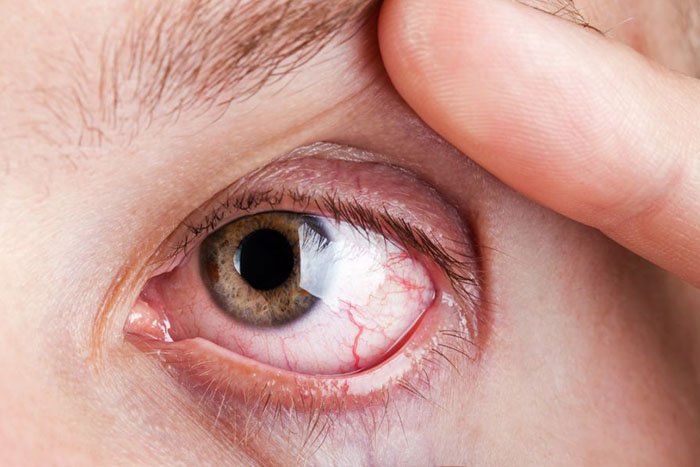Diabetic retinopathy is a serious complication of diabetes that affects the eyes. It involves damage to the blood vessels of the retina, the light-sensitive tissue at the back of the eye. This damage can lead to vision problems and, if left untreated, may result in vision loss or blindness.

Stages of Diabetic Retinopathy:
- Non-Proliferative Diabetic Retinopathy (NPDR):
- Early Stage: Characterized by the presence of microaneurysms, retinal hemorrhages, and exudates (fluid leakage).
- Symptoms: Often asymptomatic in the early stages. Some people might notice blurred vision or floaters.
- Proliferative Diabetic Retinopathy (PDR):
- Advanced Stage: Involves the growth of new, abnormal blood vessels (neovascularization) on the retina and/or the optic nerve. These vessels are fragile and can bleed, causing vision problems.
- Symptoms: Sudden vision loss, seeing dark spots or floaters, and blurry or distorted vision.
- Diabetic Macular Edema (DME):
- Complication of Both Stages: Occurs when fluid leaks into the macula, the central part of the retina responsible for sharp vision.
- Symptoms: Blurred or distorted central vision, making it difficult to see fine details.
Causes and Risk Factors:
- Diabetes: Both Type 1 and Type 2 diabetes increase the risk of developing diabetic retinopathy.
- Duration of Diabetes: Longer duration of diabetes increases risk.
- Poor Blood Sugar Control: High blood sugar levels can damage blood vessels in the retina.
- High Blood Pressure: Can exacerbate damage to retinal blood vessels.
- High Cholesterol Levels: May contribute to the progression of retinopathy.
- Pregnancy: Women with diabetes who are pregnant are at increased risk.
- Kidney Disease: Existing kidney problems can increase the risk of retinopathy.
Symptoms:
- Early Stages: May be asymptomatic or have mild symptoms like blurred vision.
- Advanced Stages: More severe symptoms include:
- Floaters or spots in vision.
- Blurred or distorted vision.
- Difficulty seeing at night.
- Sudden loss of vision.
Diagnosis:
- Eye Examination:
- Visual Acuity Test: Measures how well you can see.
- Fundoscopic Examination: Allows the doctor to view the retina and blood vessels for signs of damage.
- Fluorescein Angiography: Uses a dye injected into the bloodstream to highlight blood vessels and detect leakage or abnormal growth.
- Optical Coherence Tomography (OCT): Provides cross-sectional images of the retina to assess fluid leakage and macular edema.
Homeopathy for Diabetic Retinopathy:
Some homeopathic remedies that might be considered include:
- Phosphorus: For symptoms of blurred vision and sensitivity to light.
- Calcarea Fluorica: For retinal changes and support of vascular health.
- Ribes Nigrum: May help in chronic inflammatory conditions affecting the eyes.
- Pulsatilla: For symptoms of visual disturbances associated with fluid retention or swelling.

